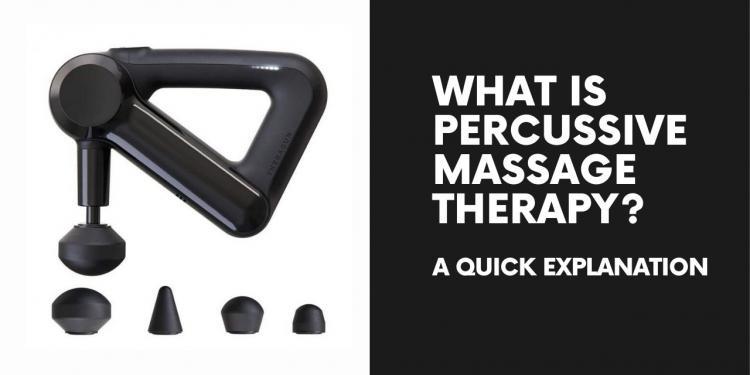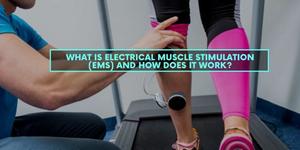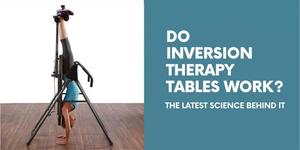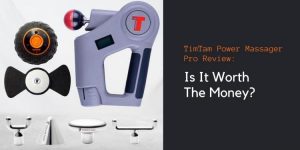Percussive massage therapy has been all the rage this year. Nearly everyday, I see an ad on social media or the sites I visit often for one of those percussion massager guns.
Percussion therapy is popular especially among athletes and others who live physically active lifestyles. I'm seeing this becoming a more prominent recovery tool among my circle of friends who are in the fight scene or are gym rats.
But what exactly is percussive massage therapy and how does it work? In this article, we will go over the science of percussive massage therapy and its benefits, as well as analyze whether percussive therapy is right for you.
The Roots of Percussive Therapy
Percussive massage therapy, also called tapotement, is a specific technique used in Swedish massage therapy. It uses rhythmic tapping (percussions) to deliver vibrations to the body. This is done usually by cupping, hacking, beating, or plucking with the hands. The video below shows you what a manual percussion massage looks like:
So that is the root of percussive therapy.

The theory behind this massage modality is to "wake up" the nervous system and the surrounding soft tissue (muscles, tendons, ligaments) by sending vibrations via tapping. The vibrations from the rhythmic taps are suppose to trigger skin reflexes and cause blood vessels to widen. When blood vessels widen, it increases blood flow. When blood flow increase to areas that sore or tight, that area gets more nutrients and white blood cells, thereby prompting many health benefits.
Difference Between Vibration Therapy And Percussive Therapy
You probably hear vibration therapy and percussive therapy used interchangeably. But is there any difference between vibration therapy and percussive therapy? They are related but aren't interchangeable synonyms. But how big of a distinction between the two depends on who you ask.
Scientifically, percussions are vibrations but not all vibrations are percussions. Let that sink in for a bit before moving on. With percussive therapy, percussions are used to deliver the vibrations. So when scientists study the efficacy of vibration therapy, this includes percussive therapy as it is a form of vibration therapy.
To a massage therapist, a percussive massage and vibration massage are different forms of massages. With a percussion massage, the vibrations are created by the masseuse tapping your body with their hands. With a vibration massage, the therapist is creating vibrations by rubbing their hands against your body in an oscillating and rocking motion. Here is a video displaying what masseuses mean by "vibration massage."
So we talked about differences between vibration and percussive therapy when it comes to scientists and massage therapists? But how about massage devices? Are percussion massagers and vibration massagers any different? When people refer to vibration massagers, they are referring to any type that vibrates, including percussion massage devices. When people refer to percussion massagers, they most often refer to devices that apply the vibrations to a specific muscle or muscle group using percussions. Here is an example of two wildy popular handheld percussion massage devices, the G3Pro and the Purewave CM-7.
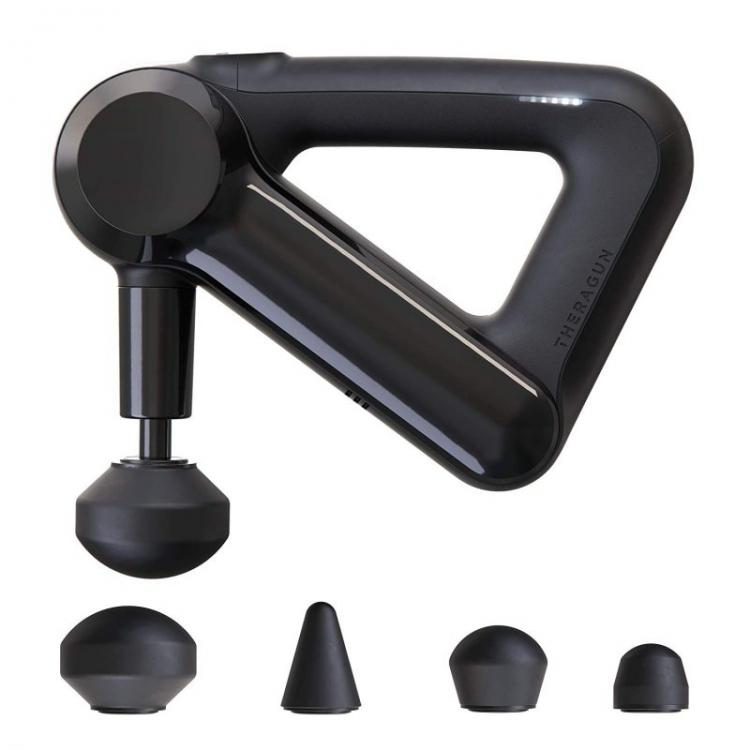
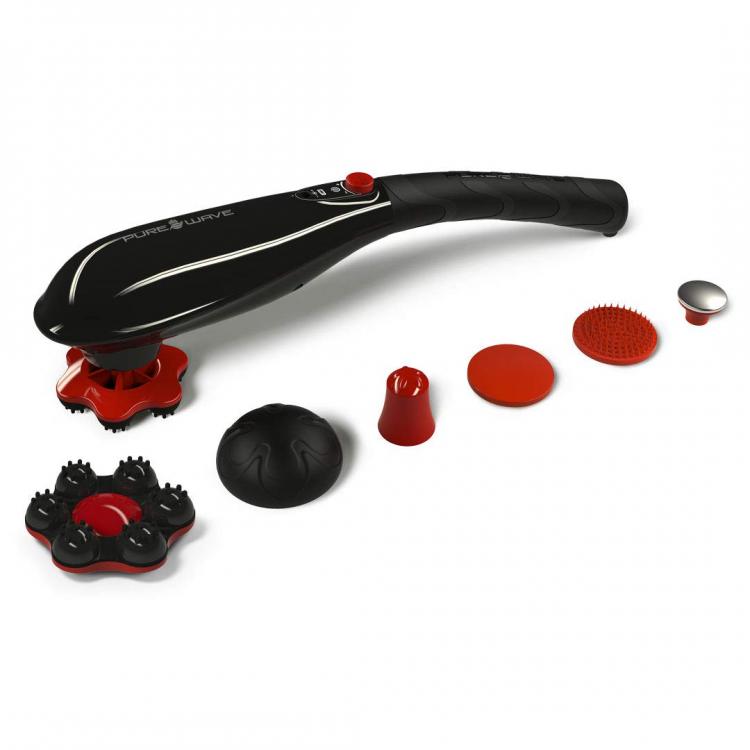
Studies Into Efficiency of Percussive Therapy
Percussive therapy is being increasingly used as a treatment modality in sports medicine and science. And these machines comes in all sizes and shapes, as well as prices. Some offices will employ small personal massagers to treat their patients while other offices will use commercial percussors that cost thousands of dollars. So is there any science behind the increase usage of percussive therapy? Yes there is. Quite a bit actually.
A study in 2014 showed that vibration therapy showed "clinically early reduction of pain and is effective in decrease the level of LDH in 48 hours post exercise periods" as opposed to just regular massage therapy.
LDH (lactic acid dehydrogenase), or lactic acid, is an enzyme that helps produce energy. When you are sore after rigorous exercise, it is because of this LDH buildup. So by decreasing LDH levels, your body feels less sore. Your body is the most sore after 24-48 hours of hard exercise is because that is the peak time for lactic acid buildup.
A review study in 2018 sought to understand the effects of local muscle vibration therapy to various physical performance metrics. The reviewed went through 21 studies relating to vibration therapy. The review found that most of the 21 studies showed an increase in at least one physical performance metric (muscle activation, strength, power, and range of motion/flexibility).
Percussion Massage Therapy Guns
Percussion massage guns are everywhere these days. And there's a reason for it. They feel damn good. Percussion massage guns target the vibrations to one specific area, thereby increasing the body's healing mechanism in that area. Although they are small, they pack quite a punch.
In terms of vibrations per minute, the top guns can clock out over 3,000 vibrations (taps) per minute. And in terms of applied pressure, some guns have as much as 60 pounds of applied force per percussion (like the G3Pro). To compare, a massage therapist doing manual percussion therapy with their own hands can probably tap between 200 to 400 times per minute, and apply an average force of 5 to 15 pounds per tap. So a percussion massager gun is much faster and applies much more force than a manual percussion therapy by a trained massage therapist. This is the reason why you would only need to use the gun for 5 to 15 minutes (depending on desired speed and force) as opposed to spending a whole hour with a masseuse.
While laying there with a masseuse in a relaxing room while getting a massage for an hour is great, it is also expensive. A reputable spa charges about $100 for an hour massage. A good percussion massage gun will cost $200 to $500. That is 2 to 5 massage sessions. So it will pay for itself and will last you for years to come. In addition, it also applies much more speed and pressure that a manual massage.
So should you invest in a percussion massage gun? If you are physically active and want help in increasing performance and reducing healing time, this is a no-brainer. But these devices are also great for people who sit often and aren't too physically active, as the muscles can get really tight with prolonged sitting and inactivity.
A word of warning though---percussion massagers come in varying speeds and pressure. So if you have a low pain tolerance, choose one with a lot of speed settings.

